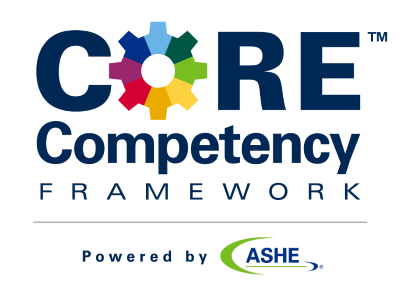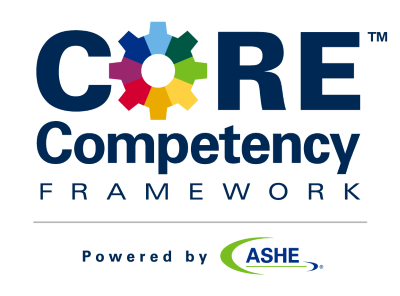Amp Up Your Energy Management Competency
Energy resources keep health care facilities running, and require dedicated focus from health care facilities managers. Competency in energy management means using the right amount of energy to maintain the delivery of care while actively working to reduce energy use through impactful strategies.
This skill is achieved by:
- Benchmarking all systems and resources to monitor energy consumption
- Identifying and promoting opportunities to utilize sustainability-focused policies, procedures and technologies whenever possible
- Developing commissioning plans for all new equipment
- Designing a long-term system management plan to prevent declining efficiency through continuous commissioning
Featured Resource

Energy Use Benchmarking Deep Dive for U.S. Hospitals
With an established baseline for energy use outlined by hospital size and U.S. region in this report, health care facilities managers can focus on strategies for reasonably reducing operating costs and optimizing performance.
Training and Resources
Energy Management Education

Energy to Care Dashboard
Resource
Get a personalized, at-a-glance view of your health care facilities’ energy use, and reduce user burden with easy-to-use benchmarks and monitoring tools.

Energy to Care Dashboard Orientation Workshop™
Live education
This program engages health care staff and other key stakeholders in the ASHE Energy to Care Program through the dashboard’s tools and features.

Energy Conservation Measures
e-Learning
Review strategies and energy conservation measures (ECMs), or how-to guides, to get started saving energy and money at your health care facility.

Schneider Electric University: Health Care Facility Manager Comprehensive Energy Management
e-Learning
Foundational knowledge a facility manager can use to take control of energy — from lighting optimization to energy procurement.

Shoot for the Stars: Cost and Savings of Designing to ENERGY STAR® Certification
On-Demand webinar
Presenters from several major health care organization share data to quantify the costs and savings associated with designing to ENERGY STAR standards.

Energy Transition: How to Establish a Transition Plan Designing for a Clean Energy Future
On-Demand webinar
Facilities directors are being asked to utilize less fossil fuels. Learn how to establish a transition plan with long-term solutions.
Energy Management Publications and Tools

Reducing Operational Costs Through Energy Efficiency
Monograph
Cut your health care facility’s operational costs — regardless of size or climate zone — with these tips, tactics and case studies for energy cost reduction.

Energy Procurement: A Strategic Sourcing How-To Guide
Monograph
Learn energy procurement best practices and how hospitals should approach energy procurement using the principles of aggregation, alignment and analytics.

Energy Conservation Measures: A Support Handbook for Facilities Management Teams
Book
Find 52 actionable ECMs in eight categories that help facilities management teams better manage energy use.

Best Practices for Financing Energy Sustainability
Monograph
Supply chain, facilities, finance, sustainability and public health professionals can use this monograph to navigate the challenges of investing in carbon reduction.

Energy Gap Analysis Tool
Tool
Use this tool to assess your health care facility’s level of adoption of the most common energy conservation measures.

Energy to Care Success Stories - Memorial Hermann
Guide/Report
Memorial Hermann Health System, one of the largest not-for-profit health systems in southeast Texas, is earning accolades through its efforts to cut energy use.



